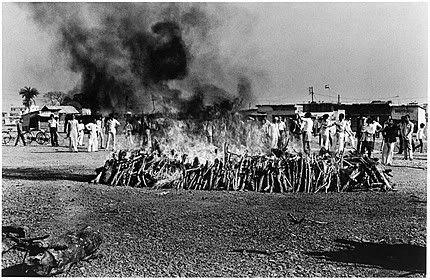
The cremated remains, sometimes known as "cremains" are then reduced in size so they can be placed into a small temporary container, usually made of plastic. If a permanent container for the cremains, called an urn, has already been selected from the funeral director or crematory, the cremains can then be sealed inside and made ready for burial or some other final disposition.
As long as health regulations are observed, embalming is not required for the process of cremation. Nevertheless, if the surviving family members desire a public funeral, with the body present and the casket open, then embalming becomes necessary.
If there is an immediate cremation, a memorial service is suggested. Interment of the cremated remains can follow the memorial service.
No comments:
Post a Comment